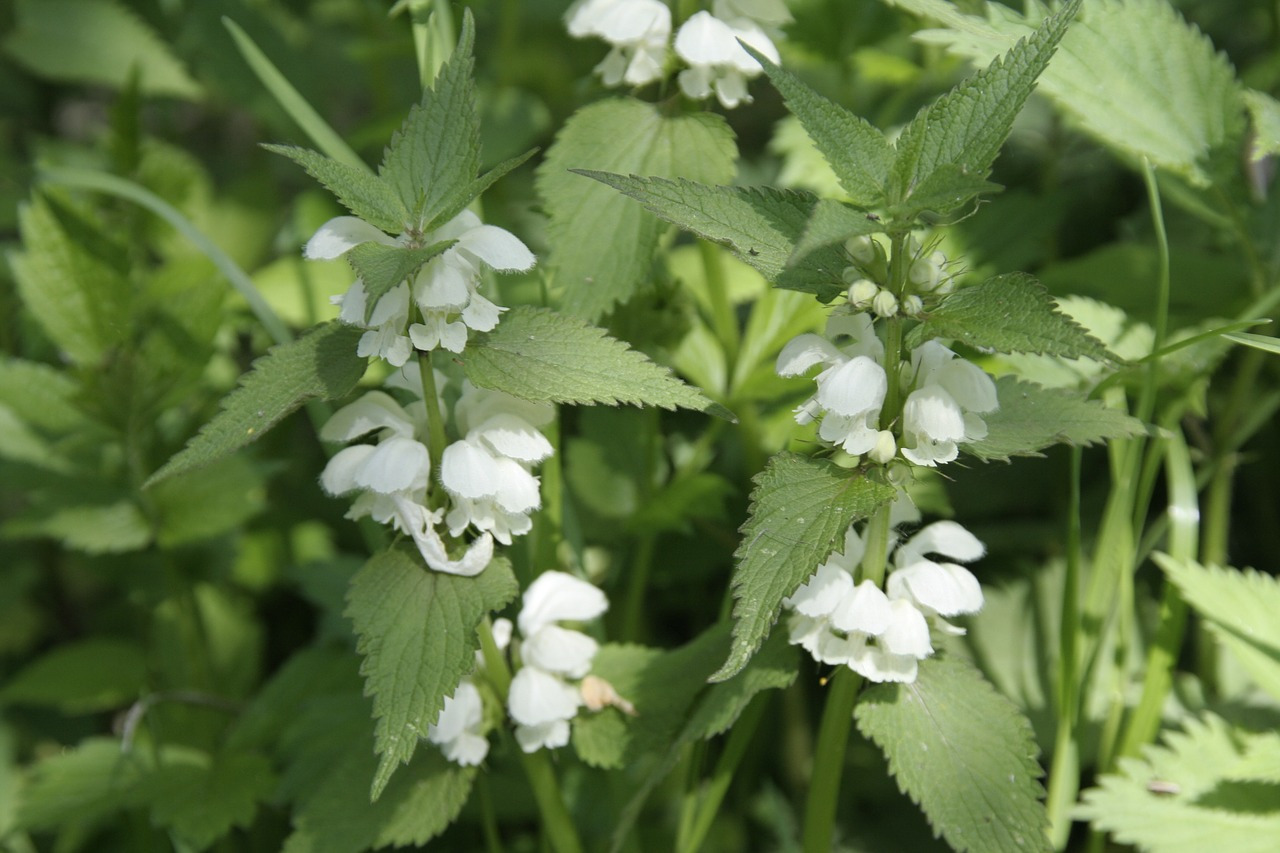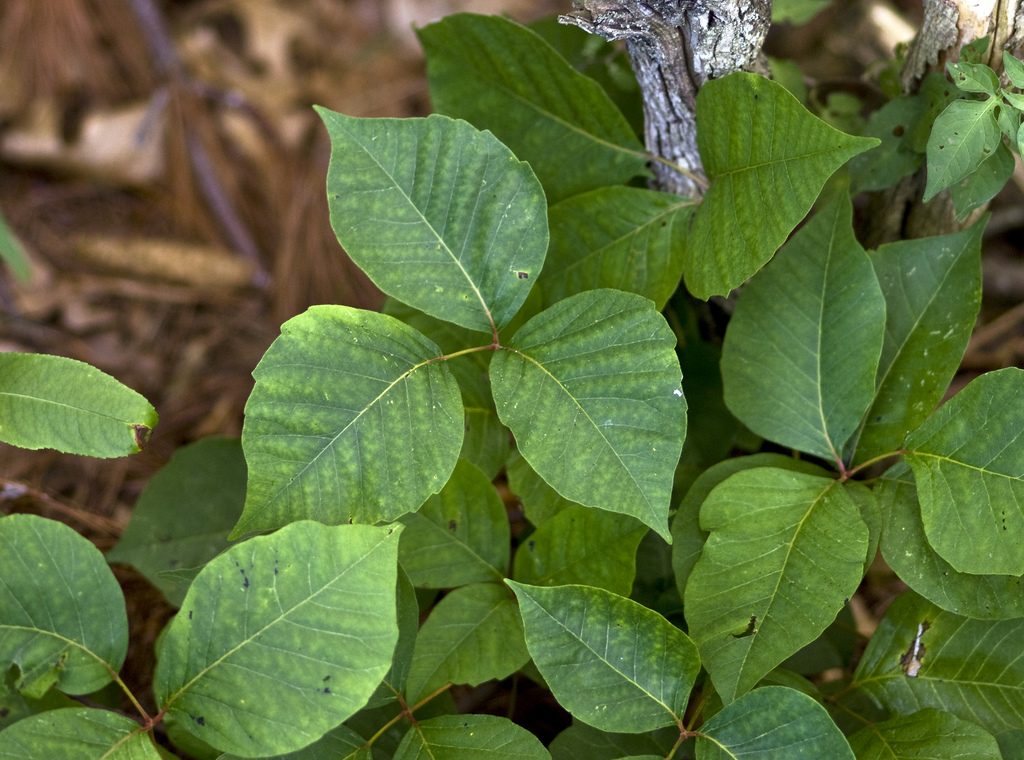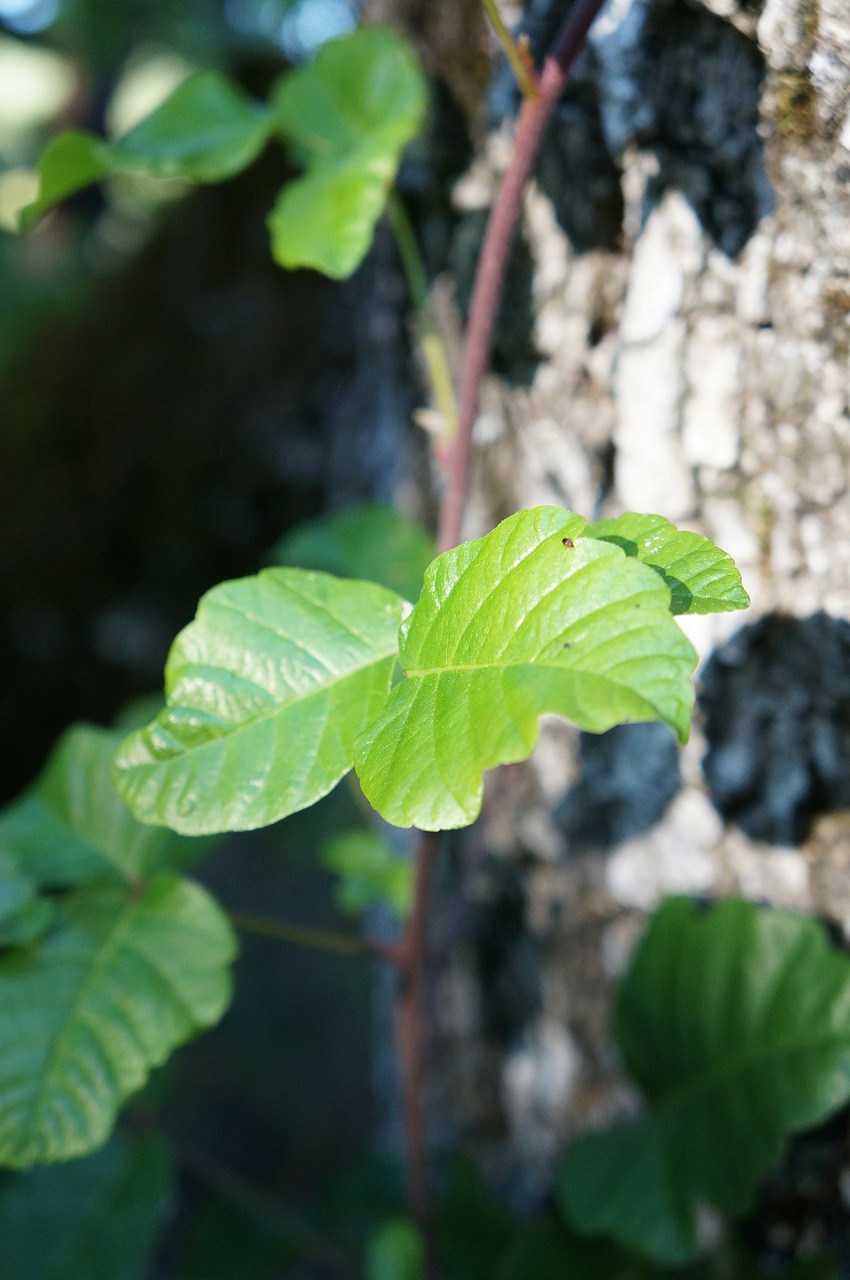Plants are enjoyable to look at but some can make you miserable. When you’re out enjoying Mother Nature, an abundance of leaves, trees, and vegetation can harm pets and people. Here are four wild plants to avoid when camping in North America’s wilderness.
Stinging Nettle (Urtica dioica)

This is one plant that heals and hurts. Found in any damp shady area in the U.S., this low-lying perennial shrub grows up to four feet tall during summer.
Beautiful white flowers bloom on it but don’t touch the plant. Stinging nettle sprouts bright green leaves crammed with fine hairs that cause painful stings and even blisters. Ironically if you boil the plant it changes into an edible leafy green packed with vital nutrients.
Stinging nettle is often utilized as a medicinal plant because it’s known for alleviating symptoms for everything from urinary tract infections to joint pain. If you try it, pick the smallest leaves while wearing sturdy gloves.
Anything with “Poison” in the name
From poison oak to poisonwood and everything in-between, there’s a reason why the scientific names of these plants all have the word “toxic” in them. Each one can make your camping trip miserable if you make contact with their secretions. Over 80 percent of the world’s population is allergic to this natural toxin and one of the worst in North America is poisonwood.
Poisonwood (Metopium toxiferum) is a large toxic tree and shrub found in the wilds of Florida.
This 35-foot tall evergreen shade tree or shrub is in the same family as the Manchineel tree, one of the most deadly trees in the world. You’ll know a poisonwood tree when you see glossy green leaves about 6-10 inches long, outlined in yellow.
Avoid walking under it at all costs, especially after a rain when the tree’s peeling bark spurts a sticky, drippy substance called urushiol resin. If the dark goo drips onto your skin you will break out into a horrible rash that can only be quelled with medical-grade anti-itch creams.
Other plants to avoid when camping include the ever-present poison ivy (Toxicodendron radicans).

Poison ivy. Photo by pawpaw67/Flickr
This is a woody trailing vine that doesn’t actually climb but grows on the ground, trees, and fences. You’ll find it almost everywhere in North America.
Finally, if you venture to the Southeast or on the West Coast, stay vigilant against poison oak (Toxicodendron diversilobum in the Western U.S and Toxicodendron pubescen in the Eastern U.S).
This is another plant that emits urushiol resin. Poison oak causes flaming hot, rashy blisters, and skin inflammation. It can appear up to 24 hours after you have touched it. Animals are immune to plants that secrete urushiol but always keep Fido close when hiking in the woods.
Admire these plants from afar
Many of us don’t possess the botanical knowledge to distinguish safe plants from the most toxic wild plants. To keep you and your pets out of harm’s way in the wilderness, it’s best just to play it safe.
Only look and admire all the plants you see in the woods. Prevent body parts from making contact and you’ll get home without harm.



Amen and thank you for this storie.
I member camping a few years back and using some of these pretty green leaves for field sanitation.
I ll spare yu the stories about how my life was for the next several weeks. Hopefully this stoi can help somebody avoid what I had to go through .
I’m pretty sure that the poison ivy picture doesn’t highlight the proper plant. The poison ivy in the picture is the yellowish leafed plant in the bottom left side of the frame. There are several other poison ivy plants that are scattered around the frame, but the main plant in the picture is not poison ivy. Another plant to avoid that was left off the list is poison sumac. Poison ivy nor oak affect me but sumac leaves blisters if I’m just close to it.
I agree not all 3 leaf vines are poison ivy, there’s got to be more color, like reddish stems and or some yellow when more mature.
I have seen poison oak here in Texas with partial redness on their leaves. I burnt it down and stayed away from the smoke as well!
And the reason to keep fido close is because you can get poison ivy, oak or sumac from your pets fur. As a general rule for anyone who is allergic to these plants, you should rinse/wash your dog if they have possibly come in contact with the plants. Same thing for walking sticks or other hiking/camping gear.
True! Should have been mentioned instead of just “keep your pet close”
1973Argosy,
How do you ask your dog if it has come into contact with said plants ? Is it 1 bark for yes, 2 for no ?
My rule has been to stay away from glossy, oily leaves.
Yes, and I’ll always follow the rule, “leaves of three, let it be”
In my 65 years, never had a reaction to poison ivy or oak. Nettles are irritating but I crush and rub plantain leaves or wash with isopropal alcohol to take sting out. Not familiar with poisonwood. My nemisis is the wild parsnip. Very common in Wisconsin. Grows along roadsides and in fields. Grows several feet tall on woody stalk. In late June an into July it develops yellow flowers in clusters. Contact with this plant can be devistating. Secretion will cause blistering like you have never seen! Red spot that itches may not develop for 24-36 hours. The burning sensation gets worse and a blister develops. It may take a couple weeks for the blister to dry up and itching to stop. Blisters will almost always leave a scar.
Yes, and I’ll always follow the rule, “leaves of three, let it be”